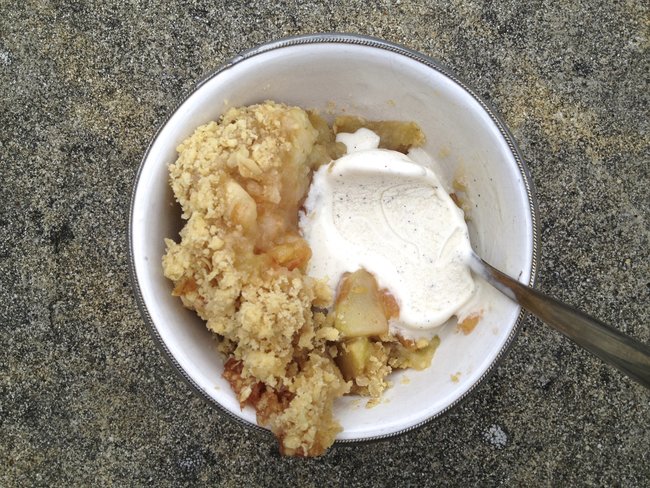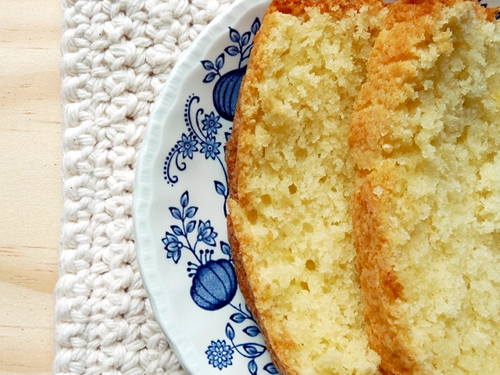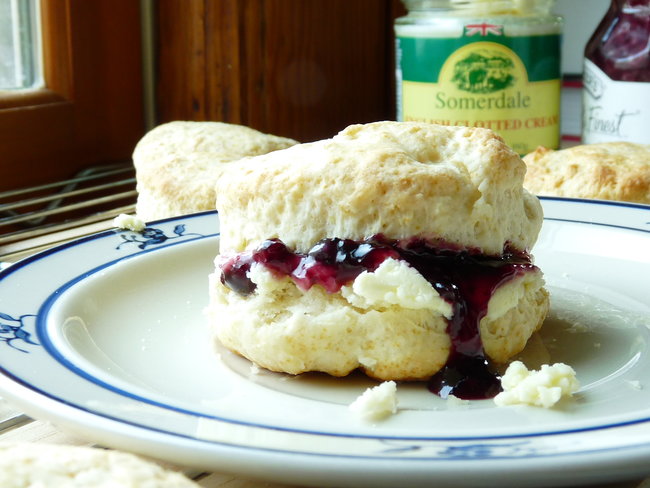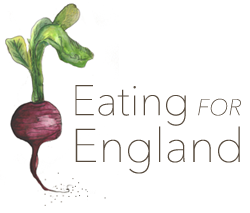Here I am, typing to you from England where everything is so very British and familiar. Buildings are ancient. It rains, then shines, then rains again. Everyone understands everything I say (at least I think they do, if not, then they’re too Britishly polite to tell me my accent has been mangled). I’m home and it feels pretty wonderful. The only thing missing is my mister, but I’m working hard on changing that and getting him over here quick-sharp.
On my third day back in the UK, I drove out to Wasing Park in Berkshire with my best friend and her dude, to see where they’ll be getting married next summer. Afterwards we three stopped into her future in-laws for coffee and cake and left with a heavy bag of cooking apples and a smaller bag of plums, picked that morning from their garden.
I was slightly giddy at this gift and knew pretty quickly that a crumble was in the making. Plum and apple crumble! It just seems brilliantly British. I love the lack of fuss in a crumble and how it becomes a jumble of soft warm fruit, crunchy topping, and cold-but-rapidly-melting ice cream.
I didn’t expect to have an opportunity to bake nearly so soon after moving (ahem, please excuse the iPhone photos) and I spent a lovely hour peeling, coring, and chopping apples, then softening them over heat with the plums under a generous dusting of sugar, cinnamon, and lemon zest.
As the crumble baked, I tap-tap-tapped away at my keyboard but soon enough I was completely distracted by the smell and by the time my friends were home from work, the crumble was cooling and I’d already eaten a bowlful which soon became three helpings. Let’s just call it dinner and leave it at that.
Plum and Apple Crumble
adapted very slightly from Good Housekeeping
I found this to be a delightful crumble – the topping is pretty substantial yet light, with a lovely crunchy sweetness giving way to a really perfume-y mix of plums and soft cinnamon-scented apples. Do taste your apples and plums before adding sugar. My crumble was quite tart, which I liked with the sweet topping and is magnificent with the addition of a scoop of ice cream, but you may prefer to add more sugar.
Ingredients
- 6 large plums (or 10-12 little ones)
- 3 Bramley apples (or other cooking apples), about 500g (1lb 2oz)
- 50g (2oz) light brown soft or caster sugar
- 1 tsp ground cinnamon
- Finely grated zest of 1 lemon
For the crumble topping:
- 175g (6oz) plain (all purpose) flour
- 125g (4oz) butter (or non-dairy alternative), chilled and cut into cubes
- 50g (2oz) rolled oats
- 75g (3oz) demerara sugar
Directions
- Preheat oven 200°C/400F. Halve and stone the plums, then roughly chop and put into a large pan. Peel and core the apples, roughly chop, and add to the pan with the sugar, cinnamon, lemon zest and 5 tbsp water. Cover and heat gently until apples are softening, about 5 mins.
- Empty fruit into a shallow, ovenproof serving dish. Set aside.
- To make the topping, put the flour into a bowl and rub in the sunflower spread (or butter) with your fingers until the mixture resembles fine rubble. Mix in the oats and demerara sugar, then scatter the topping over the fruit.
- Bake for about 30 minutes or until the crumble is golden and the fruit is bubbling. Try to serve it immediately (it can bake as you eat dinner) or re-heat it 10-15 mins before serving. Serve with vanilla ice cream (optional).









